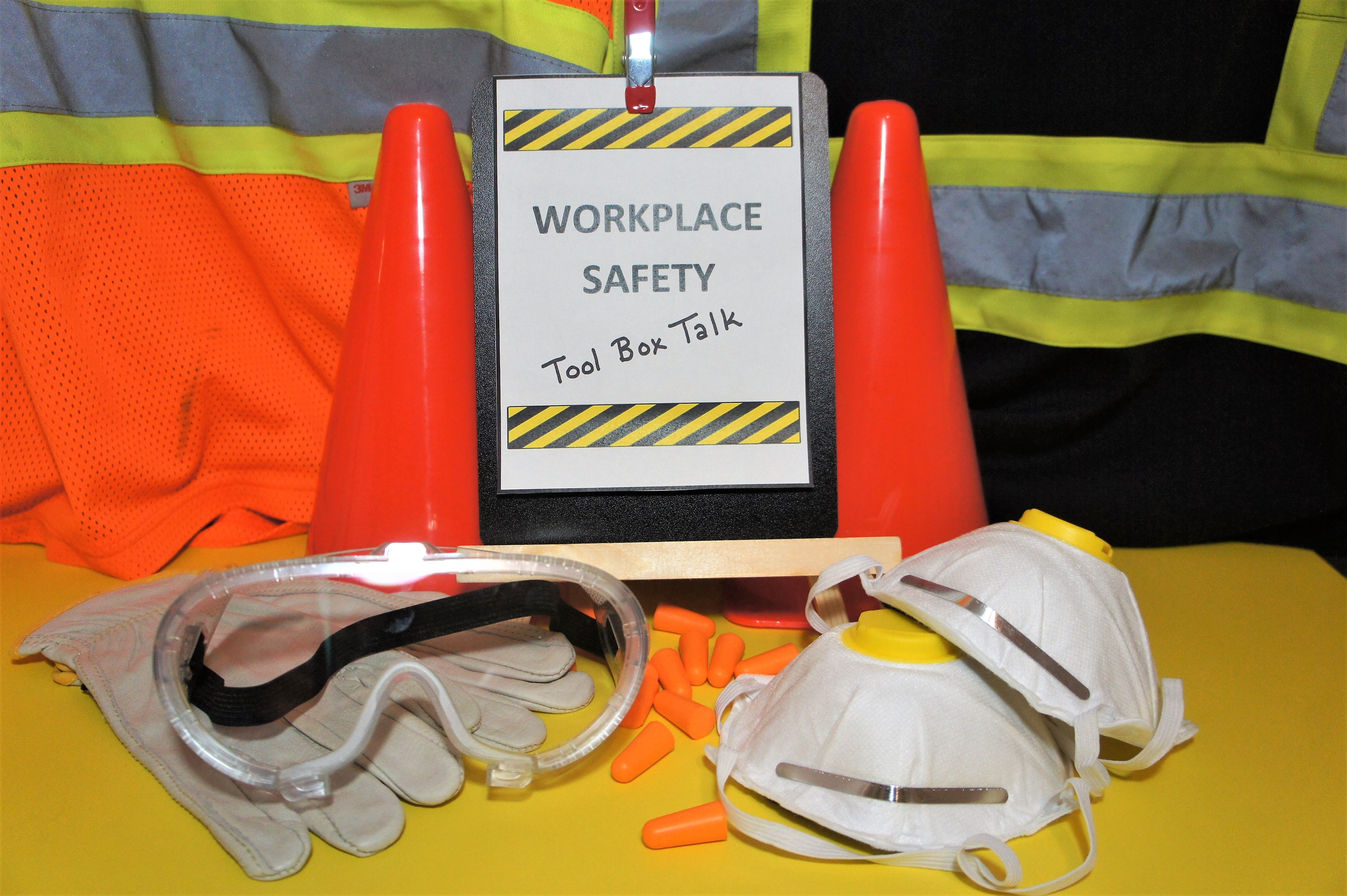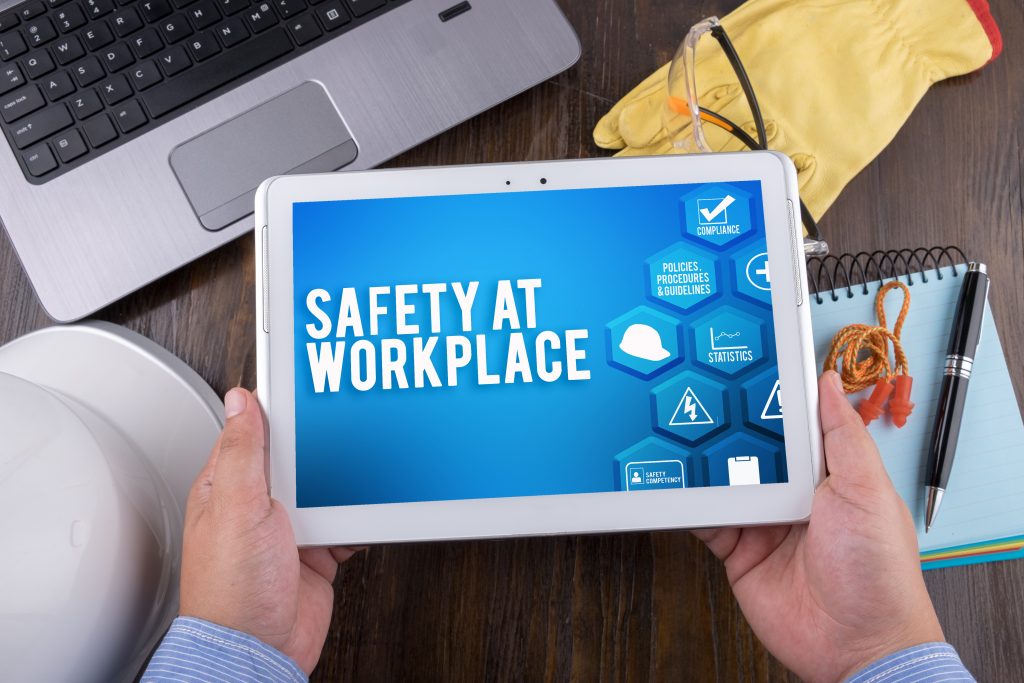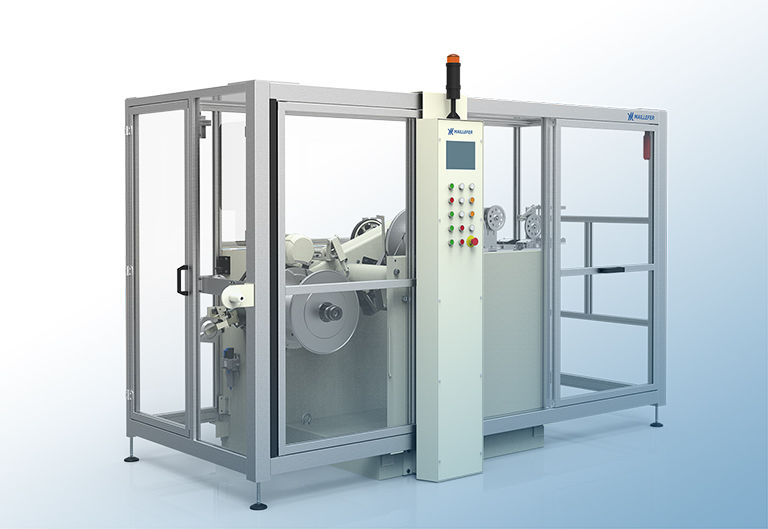10 Tips for Safe Processing

Good safety practices are essential in keeping employees injury-free on the job, reducing downtime, and maximizing daily productivity and efficiency. While most items are common sense, it’s always beneficial to review and remain mindful of these practices in order to avoid accidents and meet production timelines. Here are our top 10 tips for safe processing.
- Read and understand the equipment instruction manual. – It’s important to read the chapters on safety and warnings for each system and component prior to operating and working on machinery. Follow all safety precautions and warnings to avoid personal injury or property damage during system operation. This includes fire safety and evacuation procedures. A copy of the operation and technical instruction should be kept near the process line.
- Make sure only trained personnel work on equipment. – Make sure everyone is informed with regard to correct use of safety equipment, the foreseeable hazards that may arise during operation, equipment maintenance and necessary precautions. Check and test employee awareness, understanding, and compliance with safety requirements. Training should be performed annually (at a minimum) for all process and maintenance personnel.
- Wear personal protection gear when in the manufacturing area. – This should include safety shoes and appropriate heat resistant gloves as well as eye and ear protection. Dust masks, face shields, respirators, protective sleeves and overalls/aprons should be worn as needed to protect against discharge, vapors, accumulation of scale, dust and dirt particles in the work environment. DO NOT WEAR loose clothing and jewelry that might get caught in machinery. Long or loose hair should be tied back and covered to prevent entanglement.
- Be aware of body parts and other personnel when near equipment. – Never put hands or other body parts in the path of moving equipment and components. Make sure all rotating parts come to a complete stop and are secured against accidental restart before working on equipment. Make sure everyone is clear of the work area before starting machinery or causing a component to move.
- Keep fire extinguishing equipment readily available. – Fire extinguishing equipment should be kept wherever there is risk of fire. Make sure personnel are trained with such apparatus, know of their locations, and employ safe procedures. Make sure personnel are aware of evacuation procedures and exit locations.
- Use care when disconnecting equipment. – Use lockout/tagout and power supply disconnect procedures in accordance with regulations (i.e. OSHA 1910.147) before performing any maintenance, inspection, cleaning, adjusting or servicing. Disconnect all air, hydraulic, water and electric power supplies before performing any repair, maintenance or cleanup. Dissipate and bleed off any stored energy in cylinders and actuators. Always verify “zero energy state” before working on machinery!
- Use equipment safety devices. – Know where all E-stop buttons and safety pull cords are located and how to operate them. Do not by-pass safety devices to operate machinery. Make sure all interlocks, locking pins, and mechanical stops are in their correct position, and all guards are installed when operating machinery. Never operate equipment with safety devices removed.
- Use precautions around heavy loads. – Do not walk under a suspended load or allow other personnel to walk under a suspended load. Do not lift or move loads over personnel.
- Be aware of alarm warnings. – Always make sure equipment is in perfect working order. Faults and malfunctions, particularly those that impair safety, must be remedied immediately. Do not ignore alarm warnings and delay check-ups and/or routine maintenance.
- Keep the work area clean and organized. – Keep walkways clear by removing unnecessary materials, which prevents tripping and slipping. Remove debris and keep the work area clean before, during and after processing.
It is essential to stay alert at all times while around equipment. We hope these tips assist you in maximizing productivity and best practices on your manufacturing floor. Cheers to safety!


